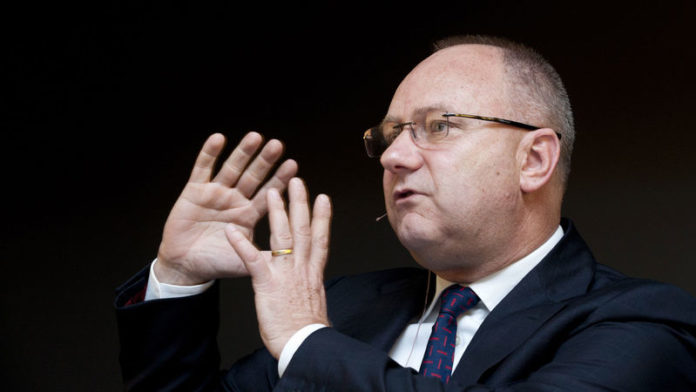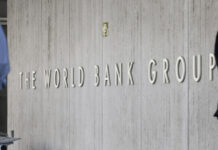
THE European diversified minerals and metals sector, represented on the Johannesburg Stock Exchange by the likes of Anglo American, Glencore, and BHP, will generate the best cash flow of the last 10 years, analysts say.
“By year-end, we estimate that our 10 Big Miners may have surplus capital to the tune of $100bn, approximately 15% of the group total market capitalisation,” said Bank of America in a recent report.
This cash generation is largely owing to the performance of iron ore and copper. Anglo American will also benefit from the recovery in the diamond market which was the only drag of significance the company faced in its previous financial year.
According to a separate report by Goldman Sachs, diversified miners will generate $109bn in free cash this year resulting in a free cash yield – money paid to shareholders as a percentage of cash generated – at about 10%. “We see scope for distributions on the upside,” Goldman Sachs said on the prospect of better dividend payments and perhaps even special dividends.
Perhaps even better news is that more of the same is expected from the mining giants in future years. Having repaired their balance sheets from the debt crisis of 2014/15, and with little in the way of expansion projects, these companies are now viewed as safe bets in terms of yield.
Apart from re-building the confidence of investors, the improved cash generation also helps with the rebrand of mining as a force for good in society, not least of which is the tax-take from its profits.
Mark Cutifani, CEO of Anglo American, told Miningmx in a recent interview that the group was going to generate some “serious” cash when it reports its interim numbers, for the six months ended June 30, on July 29.
South African assets accounted for 55% of Anglo American’s full-year earnings in 2020 owing to the out-performance of its 80%-owned Anglo American Platinum and its 70% stake in Kumba Iron Ore. Anglo pays on average a 30% tax rate. Almost 97% of its taxes are paid in the country of production.
“The one thing I can say pretty confidently … that in the current market I think our tax contribution to South Africa is going to be quite material,” said Cutifani. “Obviously, I can’t tell you what it is because you can work backward pretty quickly. But I can tell you, it’s a serious number.”
“When we come out with the half-year, we’ll share those numbers and we hope that that helps South Africa deal with some of its obligations,” Cutifani said. “So South Africa gets a big whack of taxes from us. I’m pleased to pay tax when we’re doing well, the country does well, and we do well together.”
RESOURCE NATIONALISM
Of course, the issue of the tax-take is a critical one given the rise again of resource nationalism, so Cutifani speaks with purpose. In particular, the narrow victory of leftist candidate Pedro Castillo in Peru’s recent national elections has put royalties and greater state participation in private sector ventures back on the agenda.
Anglo is building the $5bn Quellaveco copper mine in the South American country. As a producer of copper, and a major component of Anglo’s growth story, fiscal change is likely to be greeted with watchful caution.
The same may come around in Chile where national elections are due to kick off later this year. Anglo operates the Los Bronces and Collahuasi mines in the country, also copper producers.
Said Cutifani: “We’ll talk about that at the half-year. We’ll give a bit of time to that because I think where you look at Chile and Peru, they’re talking about maybe changing one or two things.
“When they see the extra benefits coming from the copper price, hopefully that will help balance the conversation because we’re certainly paying, we think, a pretty good contribution of tax.”










